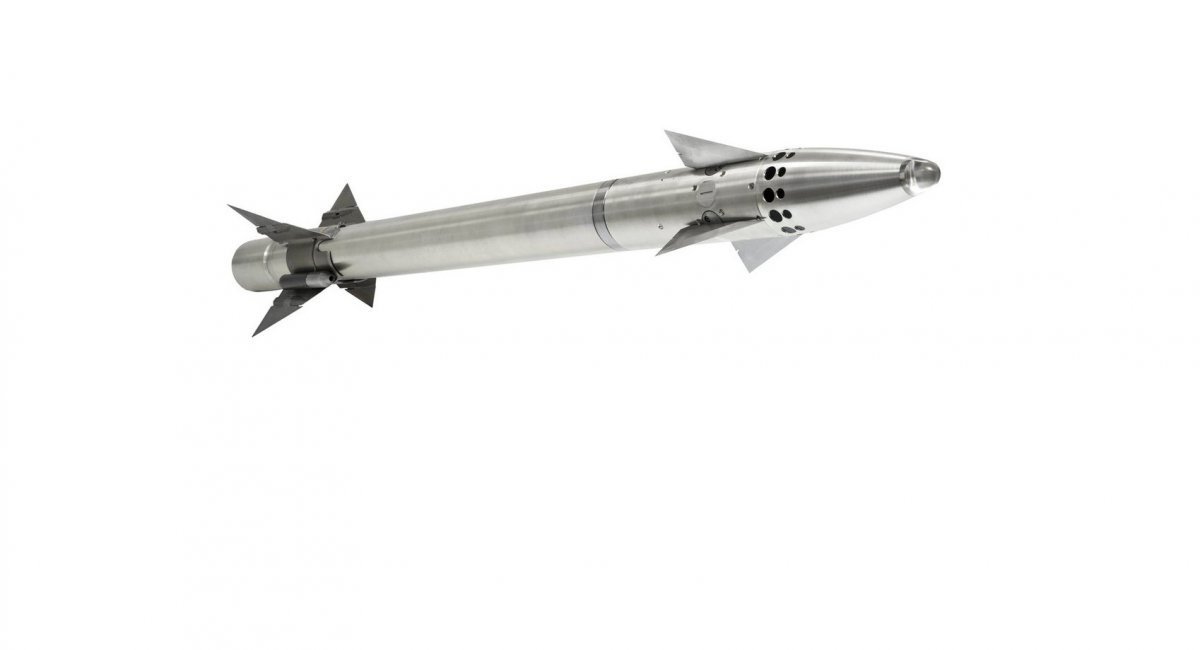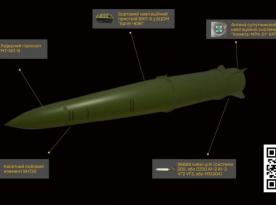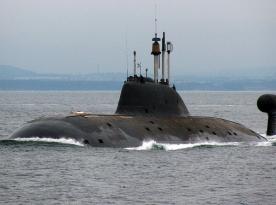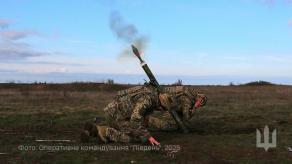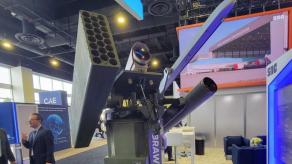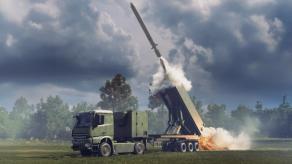India will strengthen its air defense with British LMM missiles (formerly known as Martlet) from Thales, ordering a significant batch worth £350 million (approximately $468 million).
The British Ministry of Defense officially announced the signing of this contract, noting that these missiles are also supplied to Ukraine, where they have proven their high effectiveness. It should be noted that these missiles are used to counter UAVs.
Read more: russia Delivered Faulty Resistor-E Radar Complex to India's Aircraft Carrier
These are the same missiles that the UK will supply to Ukraine in a quantity of 5,000 units and later begin manufacturing in Ukraine.
The agreement with India is another example of how the Indian Ministry of Defense is trying to move away from russian weapons. In February 2025, russia presented the Pantsir-S1M with new small-sized TKB-1055 anti-drone missiles at the Aero India exhibition. At the same time, Rosoboronexport claimed that there was interest in their offer.
In reality, in February, Thales Group announced that it had signed a contract with India's Bharat Dynamics Ltd to supply the first batch of StarStreak anti-aircraft missiles and launchers. LMMs, which are manufactured in Belfast, Northern Ireland, are launched from the same launchers as StarStreak.
In other words, India's choice of the LMM can be seen as a clear indication of how its military plans to counter emerging threats.

It should be noted that the LMM weighs 13 kilograms, including a 3-kilogram warhead, and measures 1.3 meters in length with a diameter of 76 millimeters. It has a range of up to 6 km when launched from the ground. Its main feature is its laser beam–riding guidance system. This allows it to engage targets with a low heat signature and bypass heat decoys, but the missile must be guided to the target until impact.
It should be noted that the UK is currently trying to expand LMM production. However, the manufacturers report numerous obstacles, including labor shortages and excessive bureaucracy.
Read more: Ukraine's FP-1, Liutyi, and E-300 Drones Have Come Under Fire from russian Interceptor UAVs




